Home>Furniture & Design>Interior Design Trends>How To Get Glass Out Of Hand
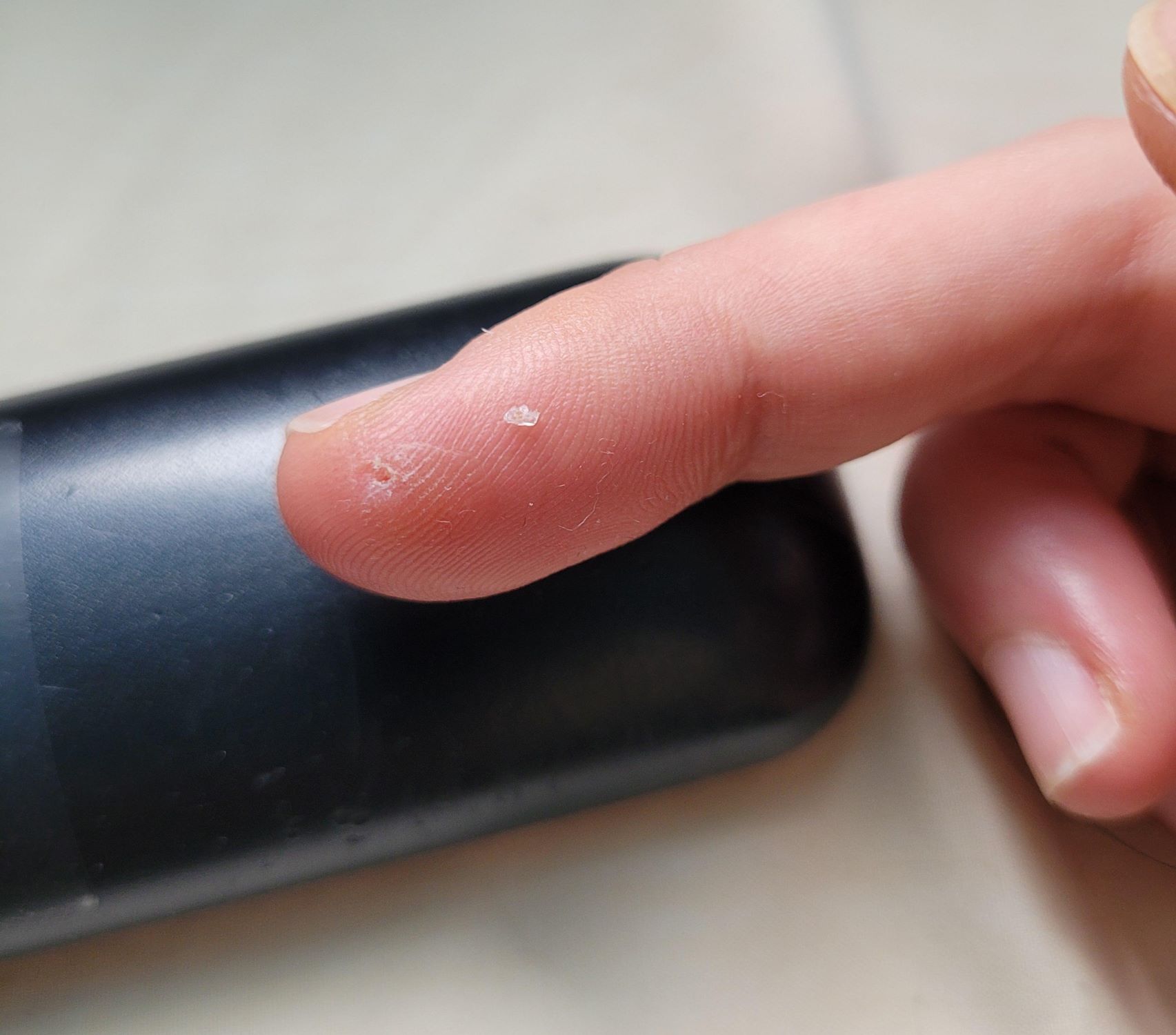

Interior Design Trends
How To Get Glass Out Of Hand
Modified: February 18, 2024
Learn how to safely remove glass from your hand with these interior design trends. Get expert tips and advice for a quick and painless extraction.
(Many of the links in this article redirect to a specific reviewed product. Your purchase of these products through affiliate links helps to generate commission for Storables.com, at no extra cost. Learn more)
Introduction
Accidents happen, and getting a piece of glass stuck in your hand can be a painful and alarming experience. Whether it's a tiny sliver or a larger shard, dealing with glass in your hand requires caution and proper technique to ensure safe and effective removal. It's essential to approach this situation calmly and methodically to minimize the risk of further injury and to facilitate a smooth extraction process.
In this comprehensive guide, we will walk you through the steps to safely remove glass from your hand. From assessing the situation to seeking medical attention if necessary, we'll cover everything you need to know to handle this common yet challenging predicament. By following these steps, you can alleviate discomfort, reduce the risk of infection, and promote efficient healing.
So, if you find yourself in the unfortunate situation of having glass embedded in your hand, take a deep breath and stay with us as we guide you through the process of safely and effectively addressing this issue. Remember, your safety and well-being are our top priorities, and by following the steps outlined in this guide, you can navigate this challenging situation with confidence and composure.
Key Takeaways:
- Don’t panic if you get glass stuck in your hand. Assess the situation, clean the area, and remove visible glass carefully to minimize discomfort and promote healing.
- Seek medical help if the glass is deeply lodged or causing severe pain. Prioritize your health and safety, and trust professionals for complex cases to ensure a smooth recovery.
Read more: How To Get Glass Out Of Carpet
Step 1: Assess the Situation
When dealing with a foreign object such as glass embedded in your hand, the first crucial step is to assess the situation carefully. Begin by finding a well-lit and comfortable space where you can examine the affected hand without any distractions. Take a moment to breathe and focus on the task at hand, ensuring a calm and composed mindset as you proceed.
Start by visually inspecting the area around the embedded glass. Look for any signs of bleeding, swelling, or discoloration, as these can indicate the severity of the injury. If there is excessive bleeding, it's important to apply gentle pressure using a clean cloth or sterile gauze to control the flow of blood before proceeding with the assessment.
Next, gently palpate the area around the embedded glass to determine the extent of the injury. Take note of any pain, tenderness, or restricted movement in the affected hand. Assessing the depth and angle of the glass entry point is crucial in understanding the potential risks and complications associated with its removal.
If the glass is protruding from the skin, refrain from touching or attempting to remove it at this stage. Instead, focus on stabilizing the hand and minimizing any movement that could exacerbate the injury. It's essential to approach the assessment process with caution and avoid applying excessive force or manipulation to the affected area, as this can lead to further tissue damage and discomfort.
As you assess the situation, it's important to remain mindful of any potential hazards associated with the glass, such as sharp edges or contaminated surfaces. Take note of the size and type of glass, as well as any visible debris or foreign particles in the vicinity of the injury. This information will be valuable in determining the appropriate course of action for safe and effective glass removal.
By thoroughly assessing the situation, you can gain valuable insights into the nature of the injury and make informed decisions regarding the subsequent steps. Remember, a calm and methodical approach to assessing the situation sets the foundation for a successful and safe glass removal process, ultimately promoting your well-being and a smooth recovery.
Step 2: Clean the Area
After assessing the situation and gaining a clear understanding of the glass embedded in your hand, the next critical step is to thoroughly clean the surrounding area. Proper cleaning is essential for minimizing the risk of infection and ensuring a hygienic environment for the subsequent removal process.
To begin, wash your hands with mild soap and warm water, ensuring that you clean both the affected hand and the uninjured hand thoroughly. This step is crucial for reducing the likelihood of introducing harmful bacteria or contaminants to the injured area during the glass removal process.
Once your hands are clean, use a gentle antiseptic solution, such as hydrogen peroxide or rubbing alcohol, to disinfect the skin around the embedded glass. Apply the antiseptic solution using a clean cotton ball or sterile gauze, ensuring that you cover the entire area surrounding the injury. This disinfection step helps to minimize the risk of bacterial contamination and prepares the skin for the subsequent glass removal procedure.
After disinfecting the area, carefully pat the skin dry with a clean, lint-free cloth. Avoid using cotton balls or swabs that may leave behind fibers, as these can potentially exacerbate the injury or introduce foreign particles to the site. Maintaining a clean and dry environment around the embedded glass is crucial for ensuring optimal conditions for safe and effective removal.
In addition to cleaning the skin, it's important to inspect the surrounding area for any visible debris or foreign particles. If you notice any loose dirt, glass fragments, or other contaminants near the injury site, use a pair of clean, fine-tipped tweezers to gently remove these particles. Exercise caution and precision during this process to avoid causing further injury or discomfort.
By meticulously cleaning the area surrounding the embedded glass, you create a sanitized and controlled environment for the subsequent removal steps. This proactive approach not only reduces the risk of infection but also sets the stage for a smooth and successful glass extraction process, ultimately promoting your well-being and facilitating a prompt recovery.
Step 3: Remove Visible Glass
Once you have assessed the situation and cleaned the area surrounding the embedded glass, the next crucial step is to focus on removing any visible glass from the skin. It's important to approach this step with precision and caution to minimize the risk of further injury and ensure a smooth extraction process.
Begin by carefully examining the embedded glass to determine its size, depth, and orientation in the skin. If the glass is protruding from the skin's surface, refrain from touching or attempting to remove it at this stage. Instead, focus on stabilizing the affected hand and minimizing any movement that could exacerbate the injury.
If the glass is embedded beneath the skin's surface, it's essential to resist the urge to squeeze or apply pressure to the area in an attempt to force the glass out. This can lead to additional tissue damage and potential complications. Instead, gently grasp the exposed end of the glass, if applicable, using clean, fine-tipped tweezers. Exercise caution and precision to avoid causing further injury or pushing the glass deeper into the skin.
In cases where the glass is flush with the skin or embedded at an angle, it's crucial to avoid manipulating the glass directly. Instead, focus on creating a supportive environment for safe removal. You can achieve this by carefully applying adhesive tape, such as duct tape or transparent adhesive film, over the embedded glass. Gently press the tape onto the skin surrounding the glass, then lift it away in a swift motion. The adhesive action of the tape can help lift the glass from the skin's surface, facilitating its safe and controlled removal.
If adhesive tape is not readily available, a small amount of cyanoacrylate adhesive, commonly known as super glue, can be carefully applied around the edges of the embedded glass. Once the glue has dried, gently peel it away, taking care not to disturb the glass. This method can effectively lift the glass from the skin, allowing for safe extraction without causing additional trauma.
Regardless of the method used, it's crucial to approach the removal of visible glass with patience and precision. Avoid rushing the process or using excessive force, as this can lead to further injury and potential complications. By carefully and methodically removing visible glass from the skin, you can minimize discomfort, reduce the risk of infection, and pave the way for a smooth and successful recovery.
Remember, the goal of this step is to safely extract the visible glass from the skin while minimizing the potential for additional injury or complications. By approaching this process with care and attention to detail, you can promote your well-being and set the stage for the subsequent steps in the glass removal process.
Step 4: Use Tape or Glue
When dealing with embedded glass that is flush with the skin or positioned at an angle, the use of adhesive tape or glue can be an effective method for facilitating safe and controlled removal. This step requires precision and patience to ensure that the glass is lifted from the skin without causing further injury or discomfort.
Read more: How To Get Streaks Out Of Glass
Adhesive Tape Method
Adhesive tape, such as duct tape or transparent adhesive film, can be utilized to create a supportive environment for lifting the embedded glass from the skin's surface. To begin, carefully apply a piece of adhesive tape over the area where the glass is embedded, ensuring that it fully covers the affected area. Gently press the tape onto the skin, then lift it away in a swift and controlled motion.
The adhesive action of the tape helps create a gentle pulling force, which can effectively lift the glass from the skin. It is important to exercise caution and avoid applying excessive force during this process to prevent causing additional trauma to the skin. By using adhesive tape, you can safely and efficiently remove the embedded glass without resorting to potentially harmful manipulation techniques.
Cyanoacrylate Adhesive (Super Glue) Method
In situations where adhesive tape is not readily available, a small amount of cyanoacrylate adhesive, commonly known as super glue, can be carefully applied around the edges of the embedded glass. Once the glue has dried, gently peel it away, taking care not to disturb the glass.
The application of super glue creates a temporary bond with the glass, allowing it to be lifted from the skin's surface when the glue is peeled away. This method provides a controlled and minimally invasive approach to glass removal, reducing the risk of further injury and promoting a smooth extraction process.
By utilizing adhesive tape or cyanoacrylate adhesive, you can effectively create a controlled environment for lifting the embedded glass from the skin. These methods offer a safe and gentle approach to glass removal, minimizing the potential for additional trauma and discomfort. It is important to approach this step with care and precision, ensuring that the glass is lifted from the skin in a controlled and controlled manner.
Remember, the use of adhesive tape or glue serves as a valuable technique for safely addressing embedded glass, setting the stage for a successful and smooth glass removal process.
If you have glass in your hand, first wash the area with soap and water. Then, use a small piece of duct tape to gently lift the glass out. If it’s deep or you can’t remove it, seek medical help.
Step 5: Seek Medical Attention if Necessary
In some cases, the presence of glass in the hand may warrant professional medical attention to ensure proper care and treatment. While the previous steps focus on safe and controlled glass removal, it's important to recognize situations where seeking medical assistance is crucial for optimal outcomes.
If the embedded glass is large, deeply lodged, or located near vital structures such as tendons, nerves, or blood vessels, it is advisable to seek immediate medical attention. Additionally, if the affected individual experiences persistent bleeding, severe pain, or signs of infection such as redness, warmth, or swelling around the injury site, prompt medical evaluation is essential.
Medical professionals possess the expertise and specialized tools necessary to assess and address complex cases of embedded glass. They can conduct thorough examinations, including imaging studies if needed, to determine the precise location and extent of the glass within the hand. This comprehensive evaluation enables them to formulate an appropriate treatment plan tailored to the specific needs of the patient.
In some instances, the safe removal of deeply embedded glass may require minor surgical intervention. This can involve techniques such as local anesthesia, precise incisions, and delicate extraction procedures to ensure the complete and safe removal of the glass while minimizing tissue trauma.
Furthermore, medical professionals are equipped to provide essential wound care, including thorough cleansing, debridement of any damaged tissue, and the application of appropriate dressings to promote optimal healing. They can also administer tetanus vaccinations if necessary, ensuring comprehensive protection against potential bacterial infections.
Seeking medical attention when necessary is crucial for ensuring the best possible outcome in cases of embedded glass in the hand. By entrusting the care of complex or challenging situations to healthcare professionals, individuals can benefit from expert assessment, specialized interventions, and comprehensive wound management, ultimately promoting their well-being and facilitating a smooth recovery process.
Remember, prioritizing your health and safety is paramount, and seeking medical attention when faced with challenging or high-risk scenarios involving embedded glass is a proactive and responsible approach to safeguarding your well-being.
Conclusion
In conclusion, dealing with glass embedded in the hand requires a careful and methodical approach to ensure safe and effective removal. By following the steps outlined in this comprehensive guide, individuals can navigate this challenging situation with confidence and composure, ultimately promoting their well-being and facilitating a prompt recovery.
The initial assessment of the situation sets the stage for a successful glass removal process, providing valuable insights into the nature of the injury and guiding informed decisions. Thoroughly cleaning the area surrounding the embedded glass creates a sanitized and controlled environment, minimizing the risk of infection and ensuring optimal conditions for safe removal.
The meticulous removal of visible glass from the skin, coupled with the use of adhesive tape or glue, offers a safe and gentle approach to glass extraction, minimizing the potential for additional trauma and discomfort. These methods provide a controlled environment for lifting the embedded glass from the skin, setting the stage for a successful and smooth glass removal process.
In cases where seeking medical attention is necessary, individuals can benefit from expert assessment, specialized interventions, and comprehensive wound management, ultimately promoting their well-being and facilitating a smooth recovery process.
By prioritizing health and safety and approaching the removal of embedded glass with care and attention to detail, individuals can effectively address this challenging situation, minimize discomfort, and promote efficient healing.
Remember, accidents happen, but with the right approach and guidance, individuals can confidently address the presence of glass in the hand, ensuring a safe and successful removal process. Your safety and well-being are paramount, and by following the steps outlined in this guide, you can navigate this challenging situation with composure and confidence, ultimately promoting a smooth and prompt recovery.
Frequently Asked Questions about How To Get Glass Out Of Hand
Was this page helpful?
At Storables.com, we guarantee accurate and reliable information. Our content, validated by Expert Board Contributors, is crafted following stringent Editorial Policies. We're committed to providing you with well-researched, expert-backed insights for all your informational needs.
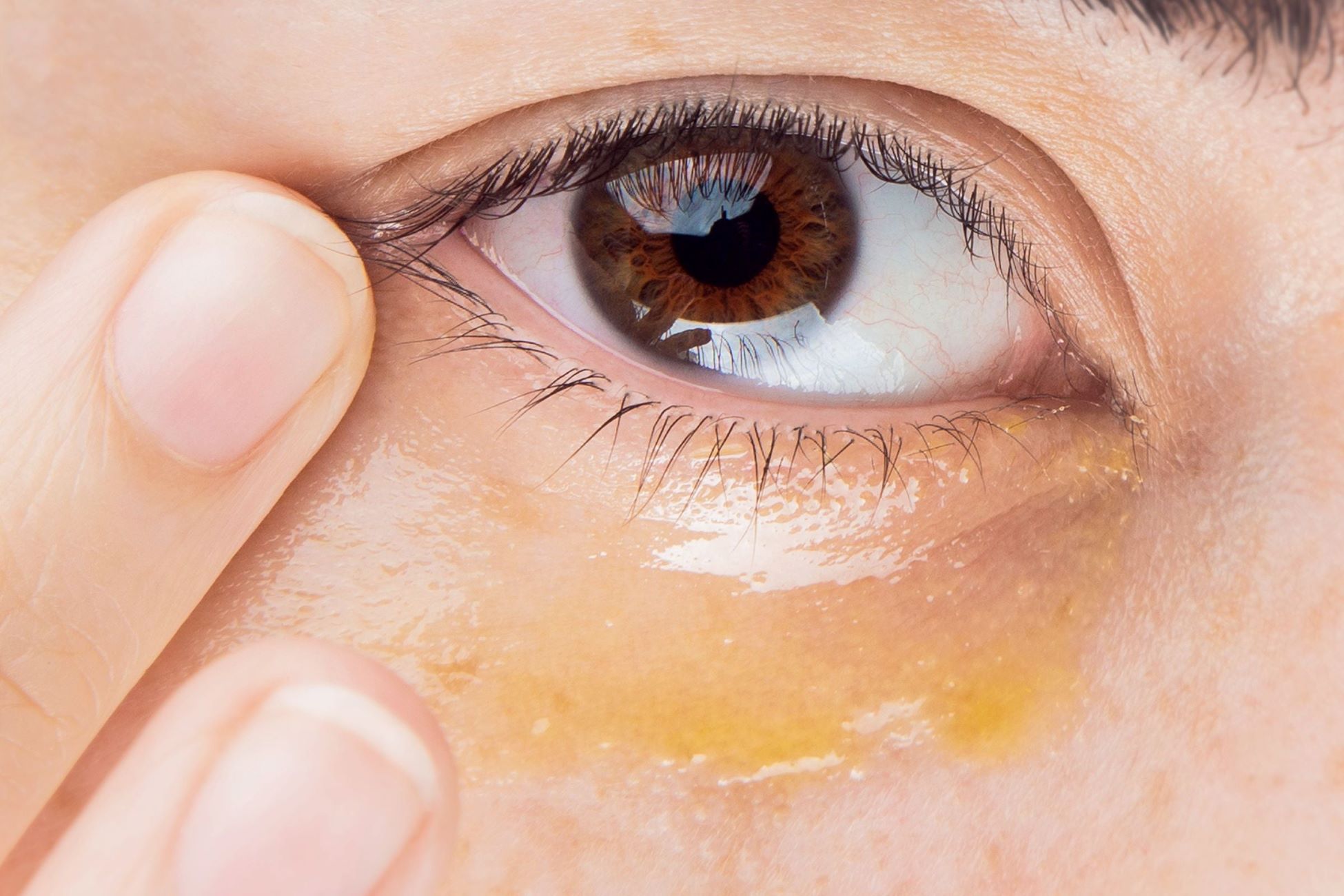
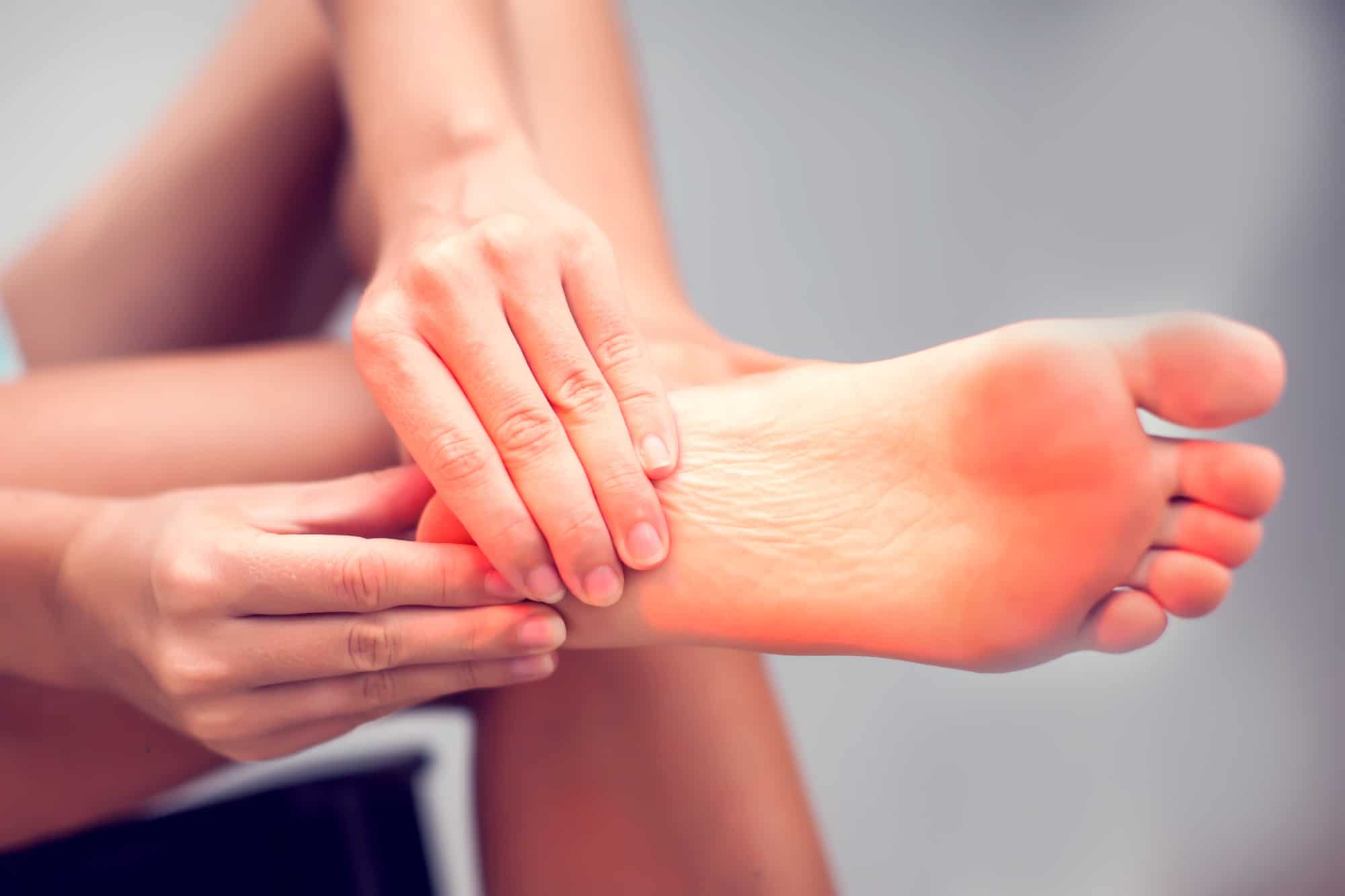

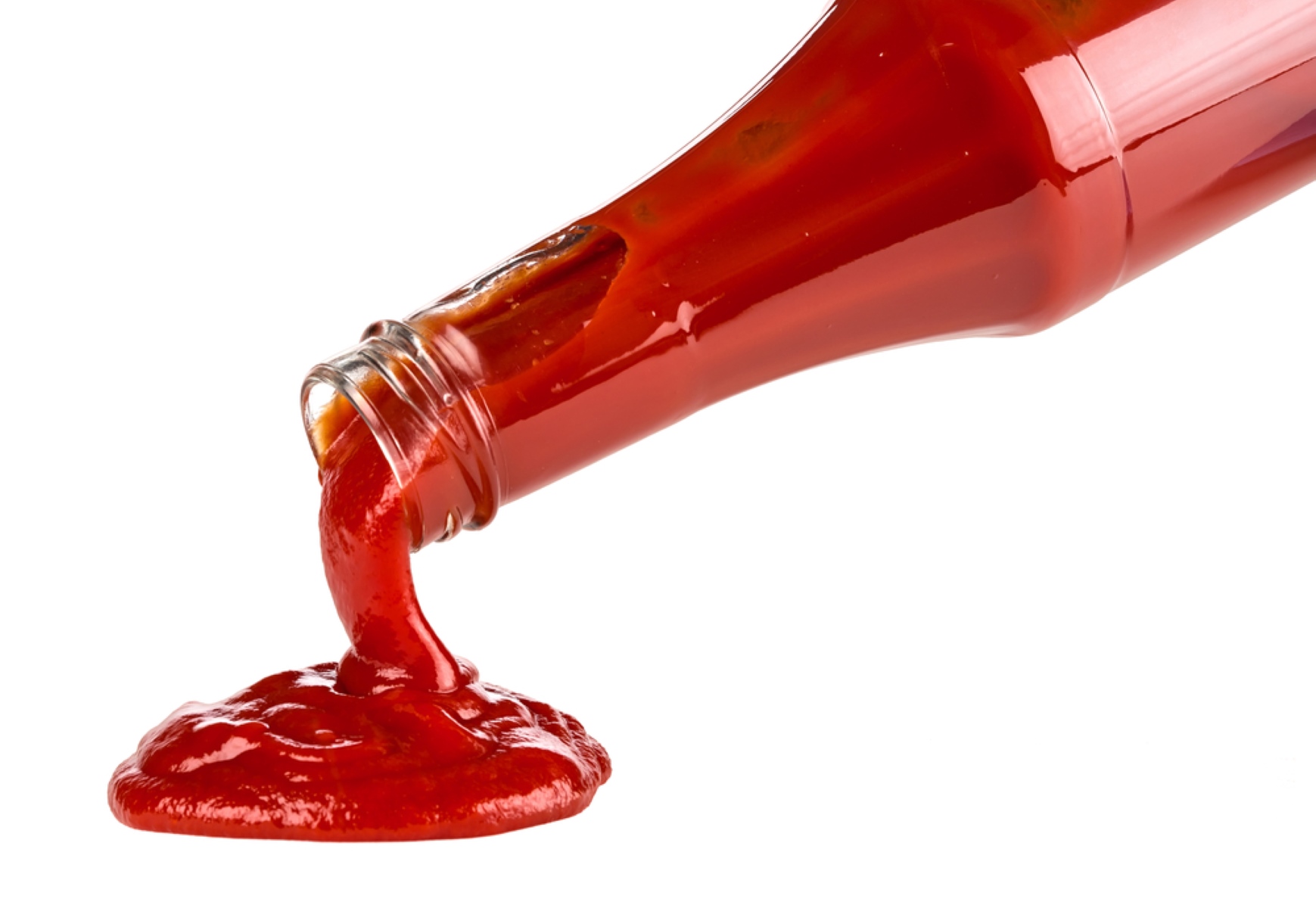
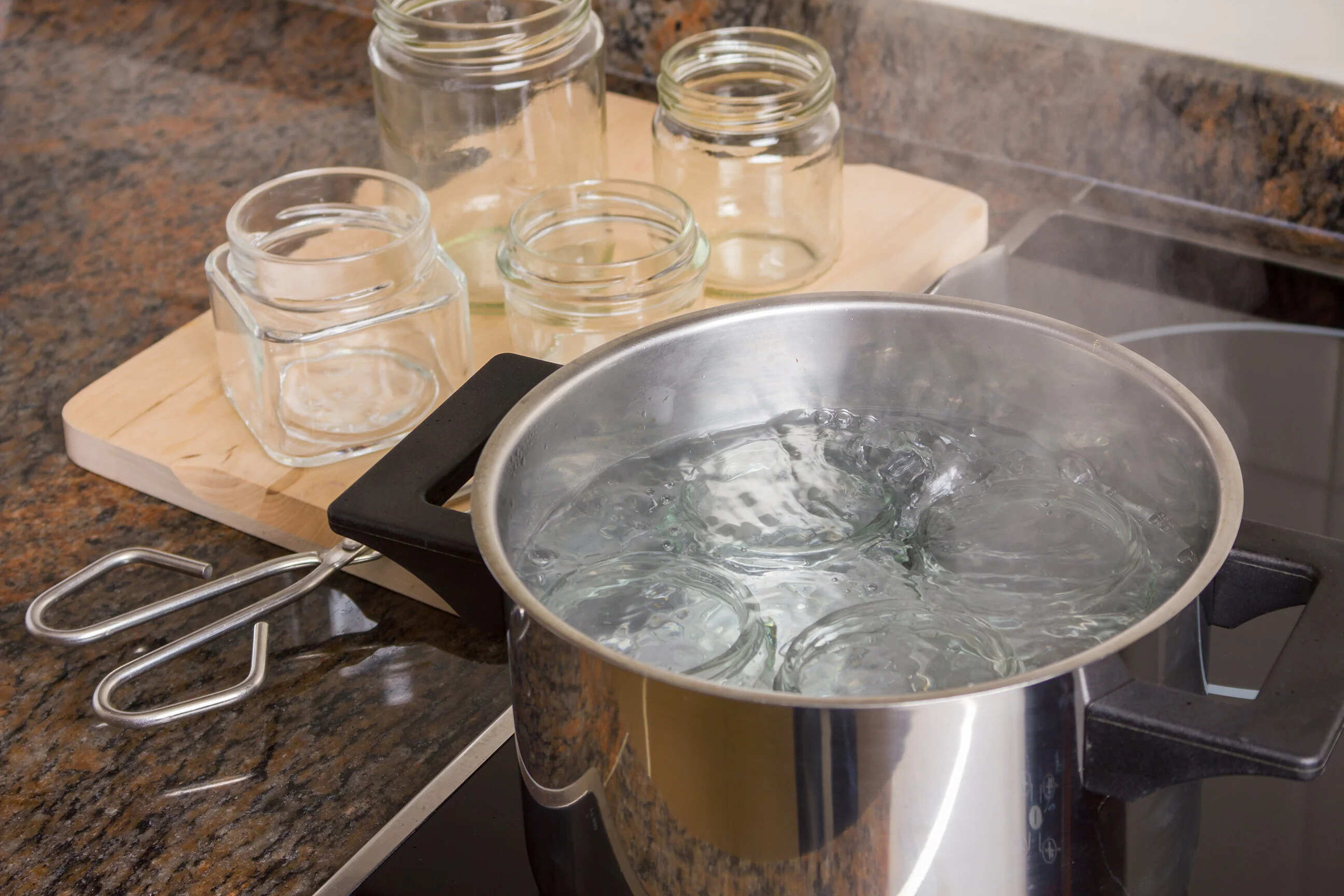

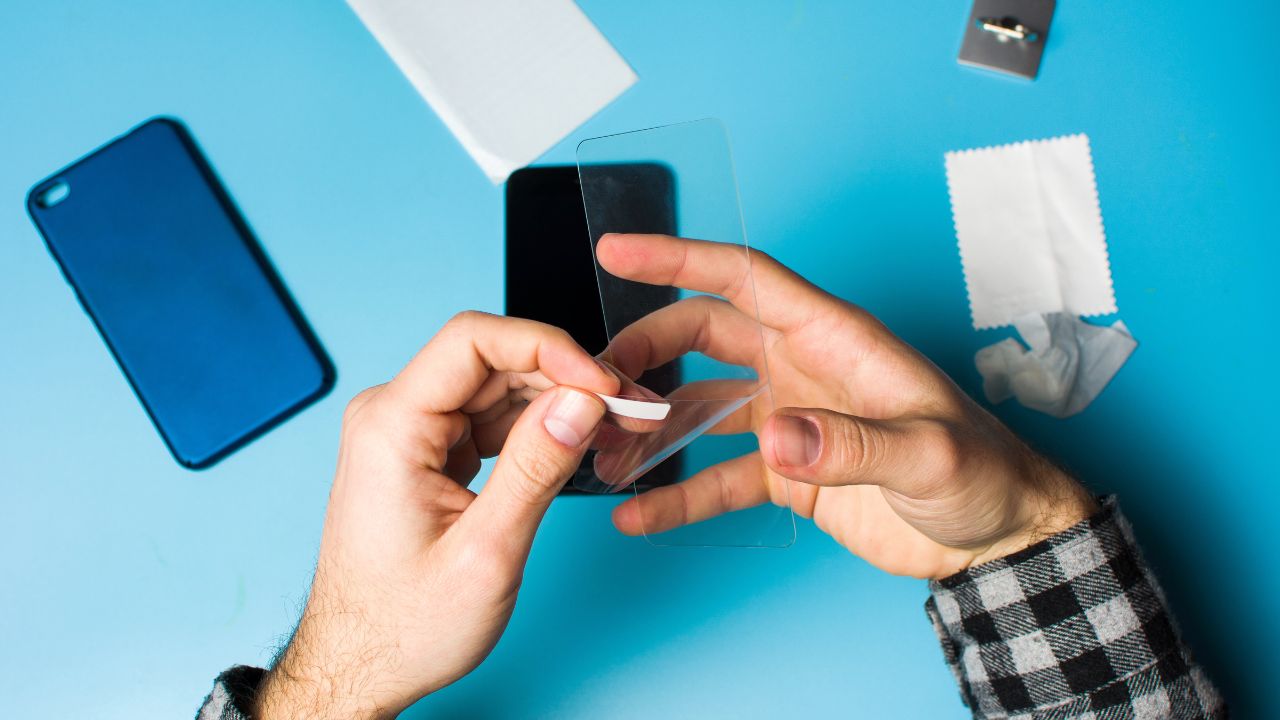
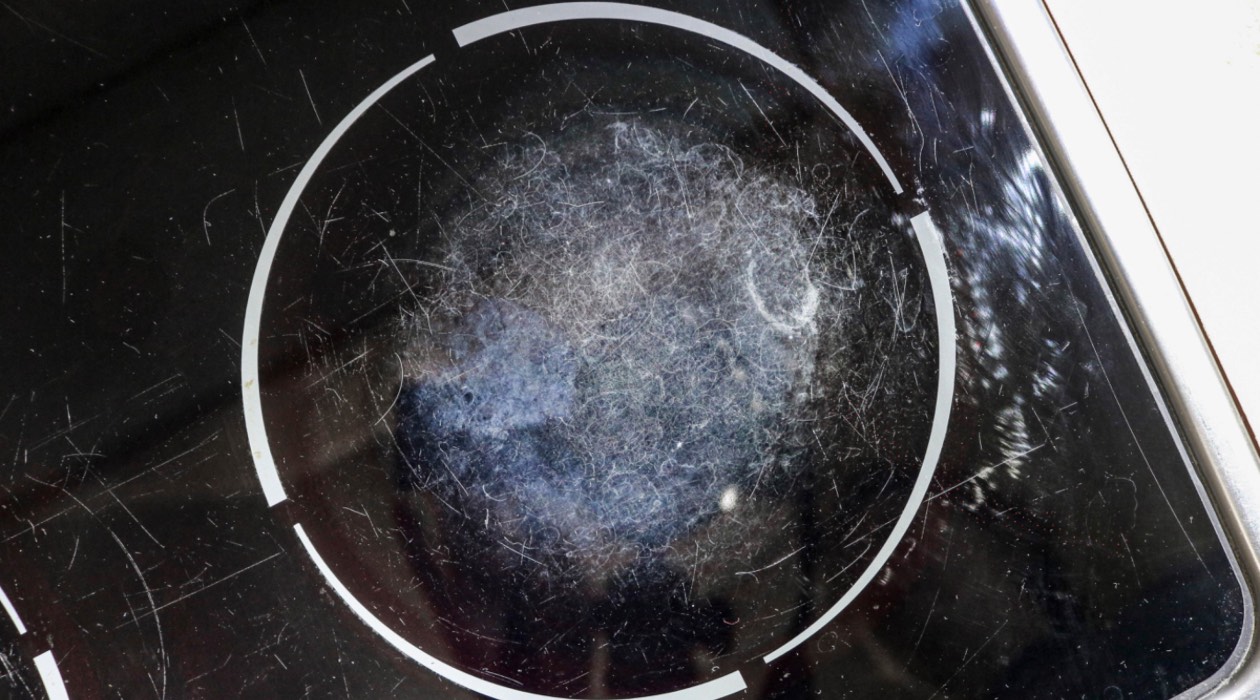
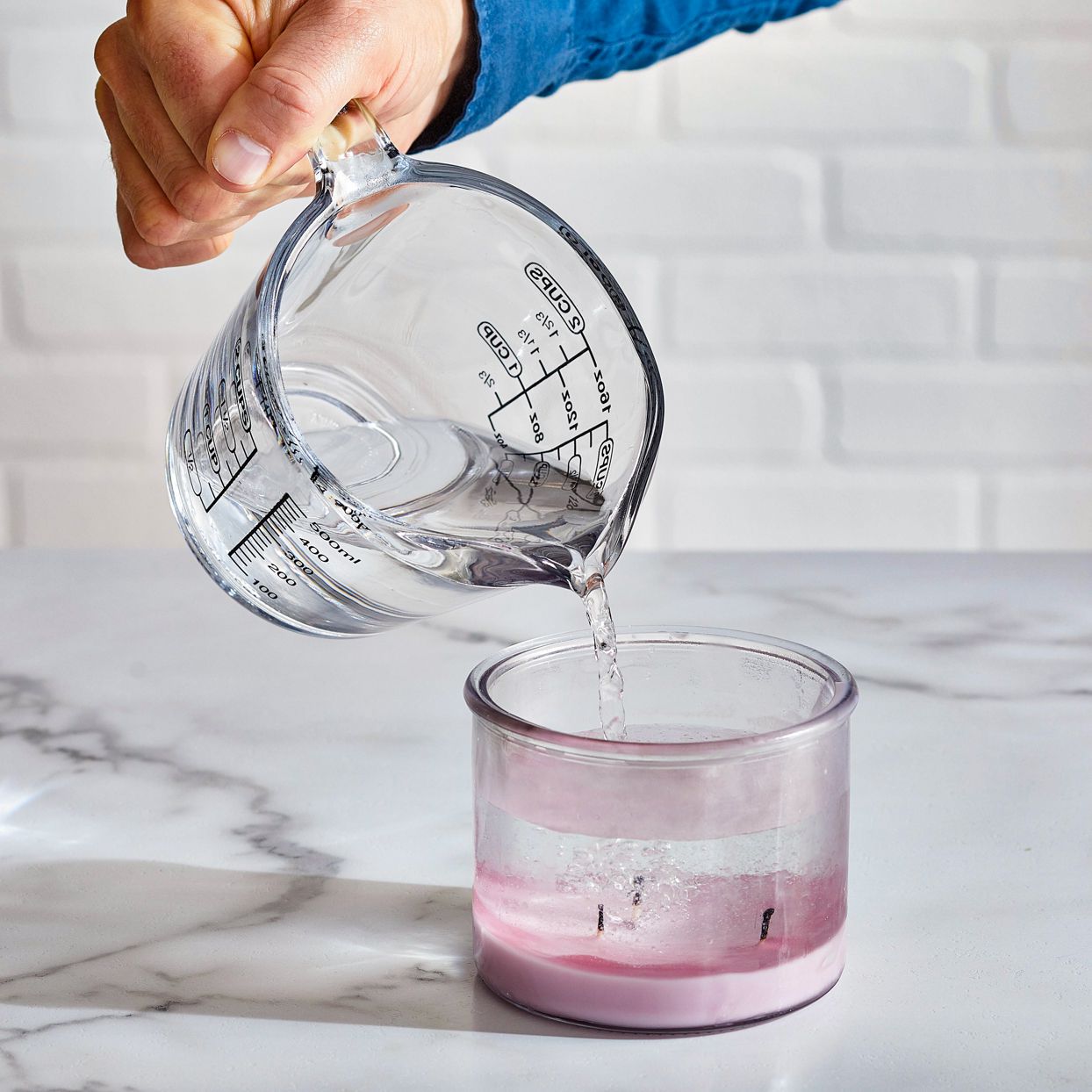
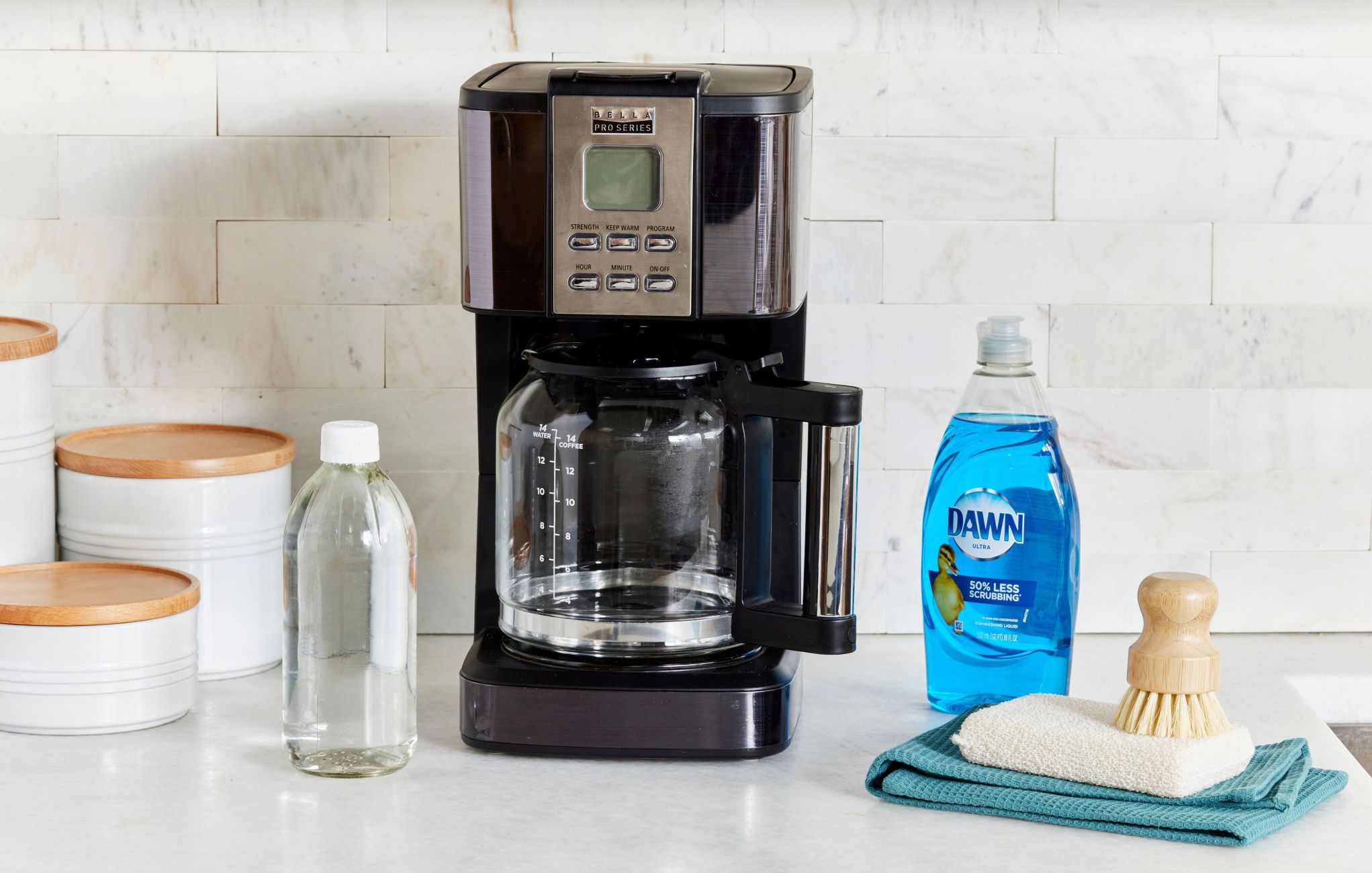



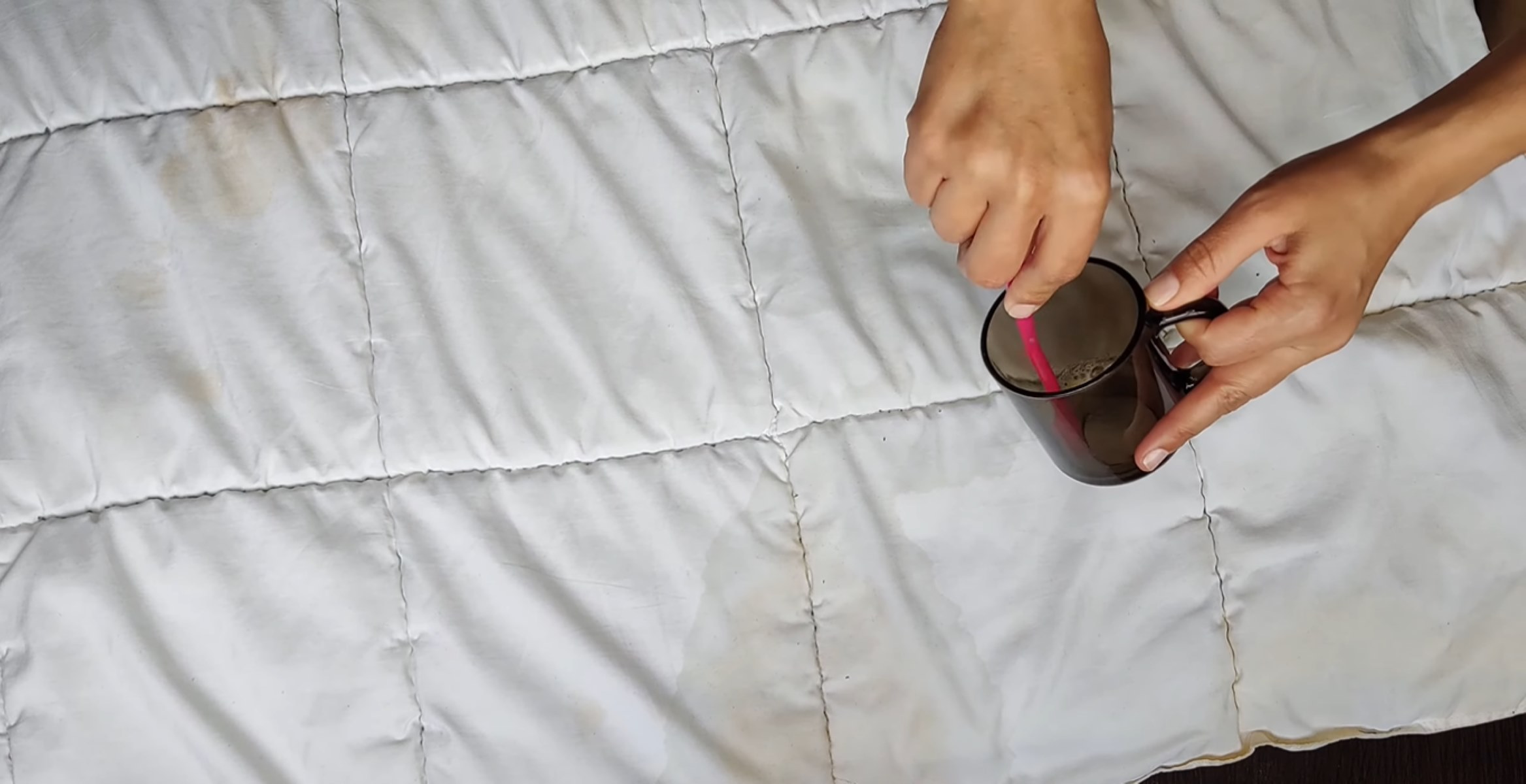

0 thoughts on “How To Get Glass Out Of Hand”